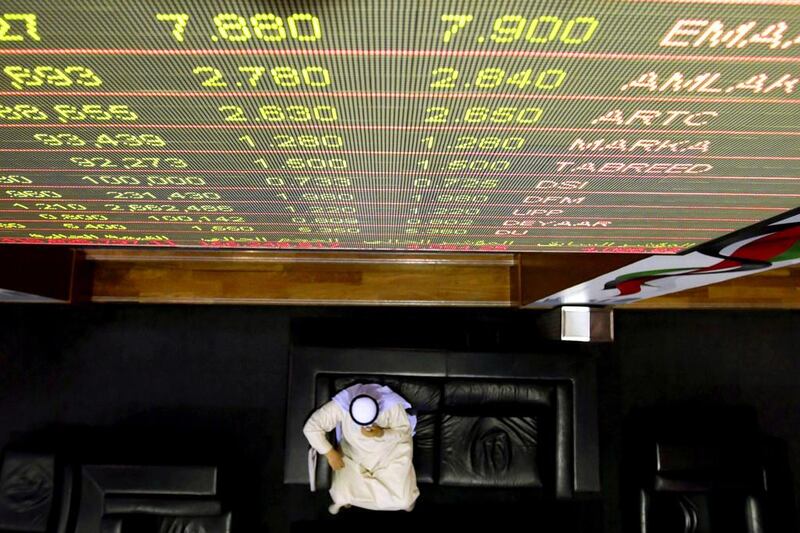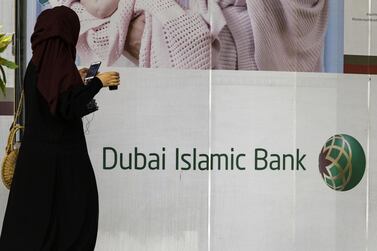Shariah-compliant lenders in the Arabian Gulf are likely to remain resilient this year and next despite difficult operating conditions and may see mid-single digit growth in asset bases over the next one to two years, S&P Global Ratings said.
The growth forecast for Islamic banks for 2019-2020 is the same as what the rating agency is estimating for conventional lenders in the region. Like their peers, Islamic lenders in the GCC, home to about one-third of the world’s proven oil reserves, have seen some headwinds and slowdown in growth in recent years, according to a new report released on Monday.
Some of the Sharia-compliant banks with exposure to Turkey fared worse than others, however, despite this and challenges at home, several GCC Islamic banks maintained sound asset-quality and profitability indicators. In addition, their funding profiles remain healthy, dominated by core customer deposits, and capitalisation is still a major positive rating factor, the rating agency said.
The mid-single-digit growth for both types of banks predicted by S&P is based on several factors, including “our forecast of muted GCC economic growth over this period, despite some benefit from government spending and strategic initiatives such as national transformation plans … and Dubai Expo 2020”, Mohammed Damak, senior director and global head of Islamic finance at S&P wrote in the report.
“We also assume that oil prices will average $60 per barrel in 2019 and 2020, pushing governments and the private sector to adopt a more careful approach to spending.”
The ratings firm anticipates overall “little profit growth” this year and next for Islamic banks in the region. It also expects financing growth to remain limited, with banks prioritising quality over quantity and avoiding lucrative but higher risk exposures.
“While we expect the amount of problematic assets to remain somewhat stable, we think that cost of risk will increase slightly because of higher provisioning requirements under IFRS9 [new accounting requirements],” Mr Damak wrote.
The operating costs of the banks, however, will stabilise in 2019-20 and they will increase their focus on efficiency gains due to lower growth opportunities. Banks should benefit from “a bounty of free deposits”, especially with the pause in international and local interest rate rises.The stabilisation of oil prices at the $60 range and muted loan growth mean that Islamic and conventional banks will continue to accumulate deposits over the next few years.
“This should also lead to an increase in liquid assets held by banks, which stood at 21.4 per cent of total assets at end-2018, in particular sukuk,” S&P said.








